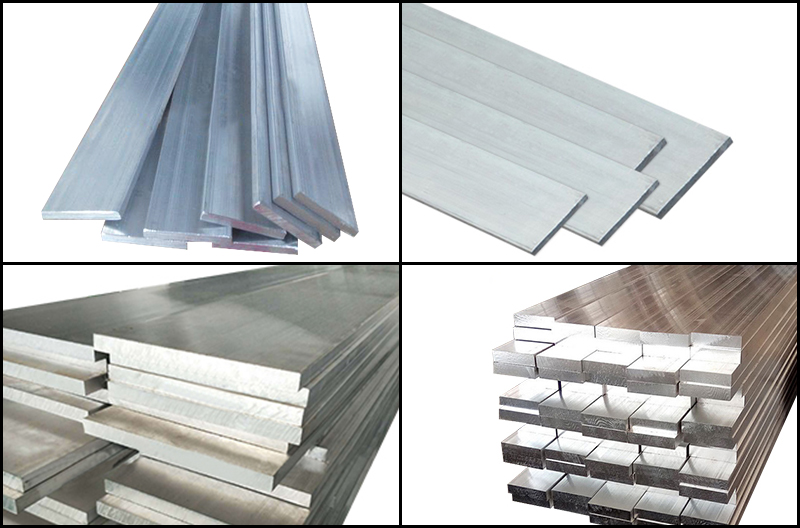Aluminium, with typically the symbol Al plus atomic number 13, can be a silvery-white, gentle, non-magnetic metal that is the third most abundant factor (after oxygen and silicon) and the particular most abundant metal within the Earth's brown crust area.
Properties of Lightweight alloy
Lightweight: Aluminium is definitely known for its reduced density, that is regarding one-third that of steel. https://chart-studio.plotly.com/~dahliaslime5 makes it an important material inside industries where minimizing weight is crucial.
Corrosion Resistance: When revealed to air, aluminum forms a thin oxide layer on its surface that helps prevent additional oxidation, so that it is remarkably resistant to rust and corrosion.
Conductivity: Aluminium is a great conductor of electrical energy and heat, which makes it ideal for programs in power indication lines and warmth exchangers.

Ductility: Lightweight alloy is ductile and even can be effortlessly drawn into cable or extruded straight into various shapes.
Event
Aluminium is not necessarily found in a pure form in mother nature due to its reactivity but is instead located combined in above 270 different vitamins, the most frequent being bauxite. The extraction of aluminium from bauxite is carried out primarily through the Bayer procedure and the Hall-Héroult process, which will be used to improve the ore into pure aluminium metallic.
Applications of Aluminium
Transportation: Aluminium is extensively used inside of the automotive plus aerospace industries due to its strength-to-weight ratio. It helps in manufacturing lighter automobiles and aircraft, which usually are more fuel-efficient.
Construction: Due to be able to its durability in addition to resistance to corrosion, aluminium is used in building facades, window frames, and doors.
Packaging: Aluminium foil and cans are usually prevalent in typically the packaging industry due to the fact they provide outstanding barriers to surroundings, light, and dampness, preserving food and even beverages effectively.
Gadgets: Its conductivity produces aluminium ideal with regard to use in electronics, including wiring and components for pcs and phones.
Ecological Considerations
Aluminium is definitely 100% recyclable without having loss of its natural properties, minimizing the advantages of primary aluminium lightweight production, which is usually energy-intensive and involves significant greenhouse gas emissions. Recycling aluminium lightweight saves around 95% of the power required to produce it from organic materials.

Summary

The properties of aluminium make it an essential material for the modern world, playing a vital role in various industries from transportation to consumer goods. Its extensive use and recycling potential highlight its significance as both a new valuable and environmentally friendly resource.
